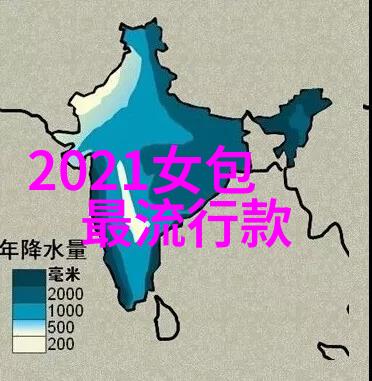您现在的位置是: 首页 - 流行趋势 - Fast Fashion Meets Sustainable Style The Evolution 流行趋势
Fast Fashion Meets Sustainable Style The Evolution
2024-11-21 【流行趋势】 10人已围观
简介Fast Fashion Meets Sustainable Style: The Evolution of Clothing Trends in the Digital Age The Rise of Fast Fashion and its Impact on Sustainability Fast fashion has revolutionized the way we consume
Fast Fashion Meets Sustainable Style: The Evolution of Clothing Trends in the Digital Age

The Rise of Fast Fashion and its Impact on Sustainability
Fast fashion has revolutionized the way we consume clothing, with trendy designs and affordable prices making it accessible to a wider audience. However, this convenience comes at a significant environmental cost. The rapid production and disposal of garments contribute to greenhouse gas emissions, water pollution, and waste management issues.

Innovations in Sustainable Materials
As consumers become more environmentally conscious, designers are turning to sustainable materials like organic cotton, recycled polyester, and Tencel. These eco-friendly fabrics reduce the carbon footprint associated with traditional manufacturing processes while providing comparable quality and durability.

Digital Technology's Influence on Fashion Trends
Social media platforms have transformed the way we discover new styles and trends. Influencers showcase their personal fashion choices, while e-commerce sites enable instant access to global brands. This digital landscape has accelerated the pace of fashion cycles but also created opportunities for niche markets catering to specific tastes.

Second-Hand Shopping Gains Popularity
With growing concerns over fast fashion's environmental impact, second-hand shopping is gaining traction as an alternative lifestyle choice. Online marketplaces like eBay or ThredUp allow consumers to purchase pre-owned items at lower costs than buying new ones directly from retailers.

Circular Economy Solutions for Clothing Waste Management
To mitigate waste generated by fast fashion consumption patterns, companies are adopting circular economy strategies that encourage recycling or repurposing old garments into new products such as bags or accessories through upcycling techniques or collaboration between designers across industries (e.g., combining textile expertise from garment manufacturers with innovative ideas from tech firms).



